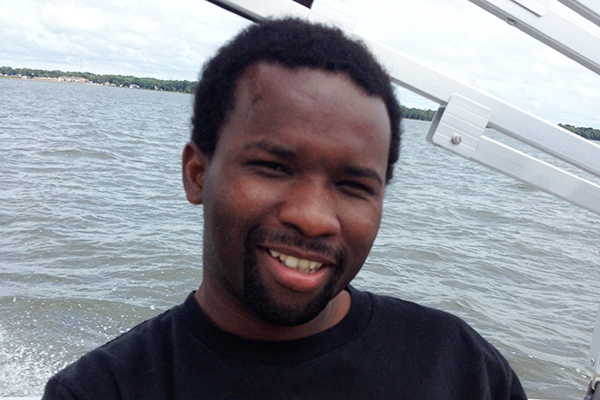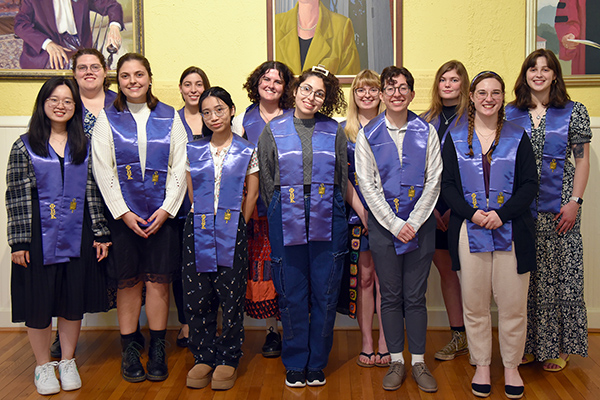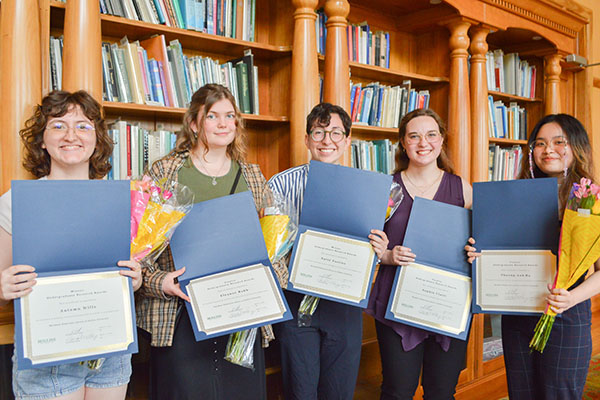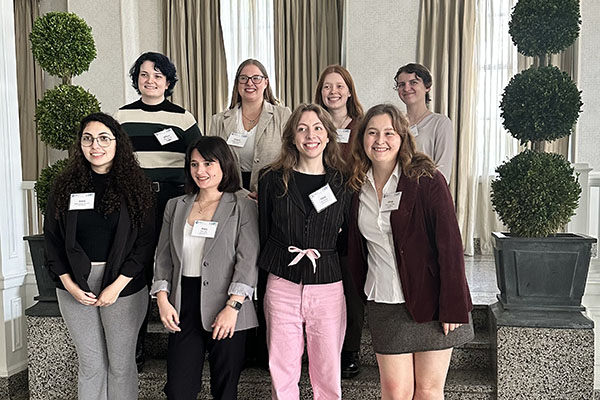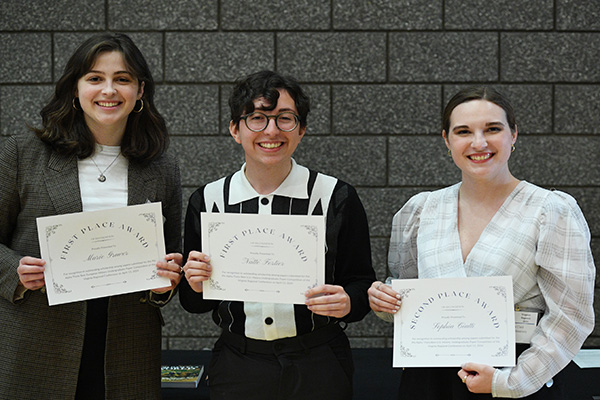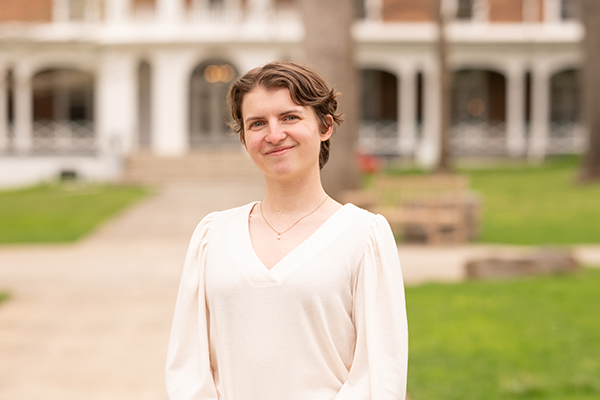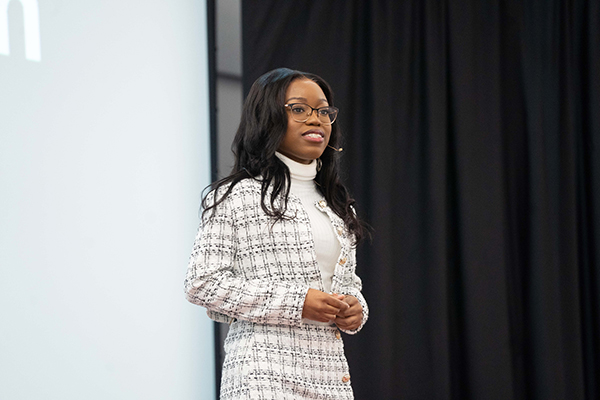The Johns Hopkins Bloomberg School of Public Health reports that the leading cause of illness and death in children under the age of five in the world is pneumonia, a respiratory infection that can trigger inflammation and the accumulation of fluid in the lungs. According to the Every Breath Counts Coalition, pneumonia in 2019 alone killed 672,000 children, and unless significant steps are taken, the disease will claim the lives of nearly six million more children by 2030.
In 2009, the Stop Pneumonia Initiative designated November 12 each year as World Pneumonia Day to raise awareness of the disease’s devastating global impact and issue a call to action to support prevention and treatment. Among the global health experts advocating to reduce pneumonia’s mortality rate is Abubakarr Jalloh, assistant professor and chair of public health at Hollins.
Jalloh notes that children are most vulnerable to pneumonia because their immune systems are very weak. “Younger children haven’t been exposed to a lot of pathogens and the immune system is not powerful enough to fight back against infections,” he explains.
In low- and middle-income countries, especially in South Asia, Africa, and Latin America, Jalloh adds that circumstances become even more precarious. “Many of those nations are struggling to create adequate healthcare systems to meet the needs of patients and families. If a child gets sick, most parents don’t have access to quality care, and that negatively impacts the child’s outcome. Higher levels of infection occur, and consequently death is more common.”
This lack of a healthcare infrastructure, Jalloh says, often manifests itself with an inability to provide patients with either proactive or reactive care. “Since children’s immune systems are still growing, immunizations become very, very crucial in preventing serious illness, but there’s not enough vaccine to go around and immunization rates are declining. When this virus infects the lungs, the best form of treatment is oxygen and some of these countries don’t have access to that. Then, patients must rely on antibiotics, which may not be available.”
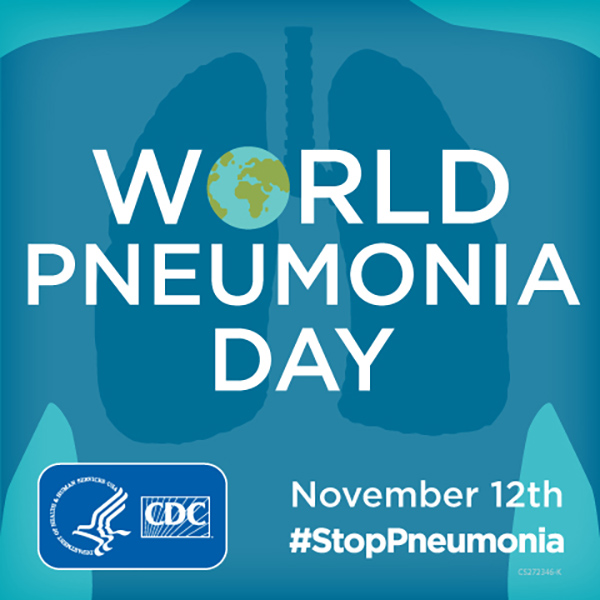
Other factors exacerbate the challenges, from food shortages (“We’re also seeing a lot of malnutrition, and if you don’t have enough food in your system, it becomes much more difficult to fight any infection.”) to air pollution (“Families in these countries cook inside the home using appliances that burn fossil fuels such as charcoal. The children inhale all those carcinogens, and thus their lungs are already compromised when they come down with a serious respiratory infection.”).
Despite all the obstacles, Jalloh is optimistic about the work being done by the global health community to empower healthcare systems in low- and middle-income countries. “Pneumonia is very treatable. There’s no reason for anyone to die from it because of a lack of oxygen, antibiotics, or vaccines. So, the World Health Organization, the Bill and Melinda Gates Foundation, and the World Bank are among the groups that are pushing to strengthen those systems to make treatment easier.”
Grassroots efforts are also underway to build awareness. “Community initiatives are getting a lot of attention. Local communities tout the benefits of hand washing and immunization. They educate families on ways to make indoor cooking healthier, such as increasing ventilation or keeping their children outside the home while meal preparation is underway. Some communities are even providing residents with gas appliances to reduce the amount of pollution.”
Pointing to other public and global health success stories, Jalloh underscores why he is confident the battle with pneumonia can be won. “One of our biggest achievements has been the eradication of smallpox. We still see measles pop in communities every once in a while, but we’ve done a pretty good job of creating a worldwide campaign where every child is immunized. Even when a case or two of measles occurs in a community, we are able to immediately and effectively respond to control the spread. The Carter Center has really done well in fighting Guinea worm disease,” which as recently as the mid-1980s was striking approximately 3.5 million people a year in Asia and Africa; by 2022, only 13 cases were diagnosed.
Jalloh believes that “we should be able to get to a place where pneumonia might still be there, but it will be controllable and not kill so many children.” He says the key will be to not just improve the infrastructure of healthcare systems, but to also make those improvements sustainable. “The only way you can get that sustainability is to strengthen healthcare systems so that those countries have the capacity, the tools, and the wherewithal to address issues on a daily basis. It’s not just one campaign; we want these communities to be ready so that when cases do reoccur, they can respond quickly and successfully.”
Global campaigns that are individualized and take a “bottom up” approach in local communities, Jalloh concludes, is the key to creating positive outcomes in the future. “Mobilizing communities makes them part of the solution and able to tackle their own challenges. So, whenever a campaign ends and we move on to a crisis in another part of the world, we leave empowerment in place. If we just go to a country, have a campaign for two or three decades, and then shift to the next big fight, it can be a vicious cycle. Eventually, the disease will pop up again, and these communities will have to depend on others to come in and fix the problem. We don’t want that. We want to establish equitable healthcare systems in these communities to address those issues.”



